'Painting the Persianate World: Portable Images on Paper, Cloth and Clay' opens at SCMA
Kay Khusraw, Farangis, and Giv Crossing the River Jihun (Oxus), illustration from a dispersed manuscript of the Shahnama (Book of Kings) of Firdawsi (940–ca. 1020–26), Iran, Shiraz, late 15th century. Opaque watercolor, ink, and gold on paper. Gift of Elinor Lander Horwitz, class of 1950. SC 2016.29.14.
NORTHAMPTON, MA.- Smith College Museum of Art is now presenting the exhibition Painting the Persianate World: Portable Images on Paper, Cloth and Clay from February 2–July 7, 2024. Painting the Persianate World showcases the fluidity and transmission of language and culture through images on manuscripts, textiles and ceramics created between the 1300s and 1800s. This exhibition is supported by the Nolen Endowed Fund for Asian Art Initiatives.
Painting the Persianate World introduces a view of cultures in flux through migration and contact. The movement of people from regions that comprise today’s Iran and Afghanistan to present-day Pakistan, India and Bangladesh—and with them the Persian language— formed what has come to be known as the Persianate world. Manuscript illustrations, dye-painted textiles, and decorated ceramics played an important role in binding these regions together. Such highly portable and functional objects visually transported manners of behaving, dressing and eating, as well as storytelling and image making.
This exhibition draws on the combined scholarship of Yao Wu, Jane Chace Carroll Curator of Asian Art at Smith College Museum of Art, and Yael R. Rice, Associate Professor of Art & the History of Art and of Asian Languages and Civilizations at Amherst College. The exhibition highlights a hidden strength of the SCMA collection, along with objects on loan from the Amherst College Archives & Special Collections, the Mead Art Museum at Amherst College, the Mount Holyoke College Art Museum, Sean Kelly Gallery and the Yale University Art Gallery. Learn more about the exhibition here.
The annual Miller Lecture in Art and Art History will be delivered by artist Shahzia Sikander on February 20, 2024 at 5 pm at the Carroll Room, Smith College Campus Center. Two of Sikander’s animations–The Last Post and Reckoning–are featured in the exhibition Painting the Persianate World: Portable Images on Painting, Cloth and Clay. Sikander is widely celebrated for subverting Central and South-Asian manuscript painting traditions. Sikander will discuss her contemporary practice–which includes painting, sculpture and animation–and the historical influences that inform her work. Learn more here.
SCMA
As a teaching museum affiliated with Smith College, SCMA is dedicated to connecting people to art, ideas and each other by engaging people with firsthand experiences of art, artists and museum practice; collecting, researching, presenting and preserving an expansive collection of art in the service of learning, teaching and critical dialogue; and by fostering an environment that welcomes diverse perspectives and inspires imagination.
A commonly used word for “painting” in Persian, tasvir also means “forming” and “fashioning.” The broad application of the term underscores one of painting’s key functions, which is to depict—or give form to—images.
The materials that painters employ and the techniques they use help to shape how their pictures look. Painting on paper, for example, involves the use of mineral- and plant-based colors, pigment binders, and fine hair brushes. Painting on textiles, on the other hand, requires the use of plant-based dyes, wax, mordants (chemicals that fix the dye in the fibers), and a bamboo pen (kalam) rolled with cotton cloth. To make images on clay, one uses a brush to paint with colored clays and mineral-based glazes. The painter’s role, no matter their chosen medium, is to form images from these humble and precious substances.
Attributed to Muhammad ‘Ali (active 17th century), A Gathering of Muslim Mystics (Sufis), illustration from an unidentified dispersed manuscript, Iran, Isfahan, Safavid court, ca. 1640s. Opaque watercolor, ink, and gold on paper. Gift of Mr. and Mrs. Stanley Marcus, SC 1958.119.
The Persianate World
The areas from today’s Iran and Afghanistan to present-day Pakistan, India, and Bangladesh are a perennial crossroads. Between the fourteenth and nineteenth centuries, the migration of people and the use of the Persian language intensified in these regions, forming what has come to be known as the Persianate world. Elites within this vast, cosmopolitan realm shared a taste for certain kinds of stories, elaborate poems, and political thought. Themes such as royal justice and divine love were especially favored. Authors penned texts in Persian but also in other languages—like Braj Bhasha, a precursor to Hindi—that communities in the Persianate world also used. Persianate painters, for their part, drew on a common body of pictorial motifs, compositions, and designs, creating a streamlined visual sphere that bridged religious, linguistic, and cultural divides.
Royal Woman Holding Flowers, illustration from an unidentified dispersed manuscript, India, probably Delhi, Mughal court, ca. 1730. Opaque watercolor, ink, and gold on paper. Mead Art Museum, Amherst College, Gift of Alban G. Widgery AC 1967.36.
Posthumous Portrait of Emperor Akbar (r. 1556–1605). Late 18th century; Mughal period. (1526–1858). Ink, opaque watercolor, and gold on paper. 7 x 4 13/16 in.. Gift of Mr. and Mrs. John Kenneth Galbraith (Catherine Atwater, class of 1934). SC 1981.27.9; Mohammed Bakir Husain.
Durga Battling Demons, illustration from an unidentified dispersed manuscript, India, probably Delhi, Mughal court, late 18th or early 19th century. Opaque watercolor and gold on paper. Gift of Mrs. Evan M. Wilson (Leila Fosburgh, class of 1934), SC 1990.2.25.
Portable Images
Whether executed on cotton, paper, or clay, all of the painted images on view here were eminently transportable—and travel they did. Some objects were made expressly for export, while others entered into broader circulation as a result of inheritance, gift exchange, or sale. Many exist today in fragmented form—as leaves cut out of books or tiles detached from ceramic friezes—since the European and North American collectors who acquired them during the twentieth century had little interest in their original contexts.
Painters moved readily, too, and carried their expert knowledge of image making across land and water. The use of transparent paper and deer skin allowed them to easily copy and transfer designs. Aided by such materials, artists helped to forge the larger Persianate world of painted images.
Cupbearer (saqi), from a dispersed panel originally on the façade of the Jahan-nama Pavilion, Iran, Isfahan, Safavid court, early 17th century. Stonepaste with paint and polychrome glaze within black wax-resist outlines (cuerda seca technique). Gift of Jane M. Timken, class of 1964, SC 2021.26.
Wall Hanging with Cypress Trees, Peacocks, and Animals in Combat, 1866. Cotton, block-printed and painted (kalamkari). 68 x 45 in. (172.7 x 114.3 cm). Yale University Art Gallery, Hobart and Edward Small Moore Memorial Collection, Gift of Mrs. William H. Moore, 1937.5202

/https%3A%2F%2Fprofilepics.canalblog.com%2Fprofilepics%2F1%2F0%2F100183.jpg)
/https%3A%2F%2Fstorage.canalblog.com%2F03%2F02%2F119589%2F96711876_o.jpg)
/https%3A%2F%2Fstorage.canalblog.com%2F11%2F31%2F119589%2F94773502_o.jpg)
/https%3A%2F%2Fstorage.canalblog.com%2F20%2F83%2F119589%2F94772815_o.jpg)
/https%3A%2F%2Fstorage.canalblog.com%2F26%2F72%2F119589%2F75604929_o.jpg)
/https%3A%2F%2Fstorage.canalblog.com%2F59%2F60%2F119589%2F26458628_o.jpg)
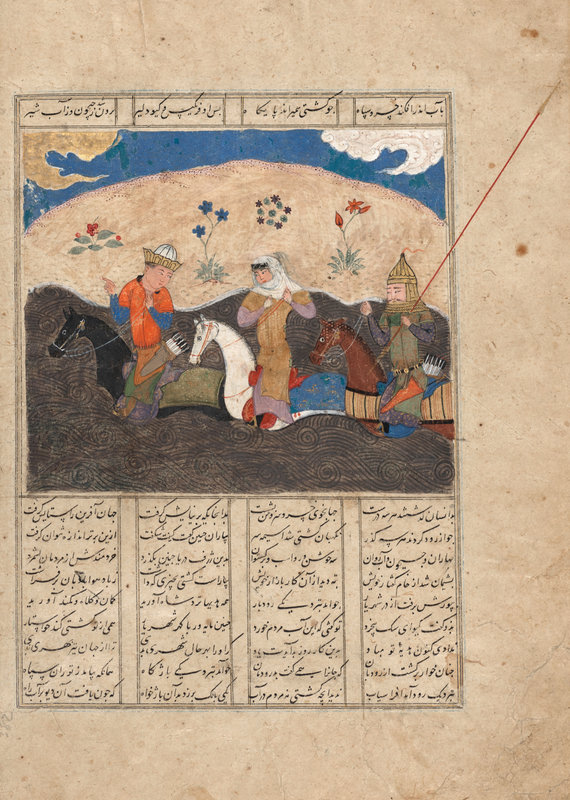

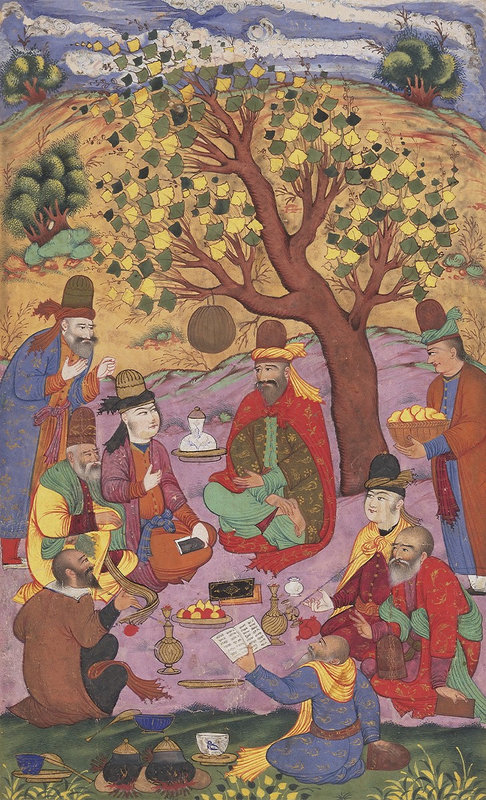
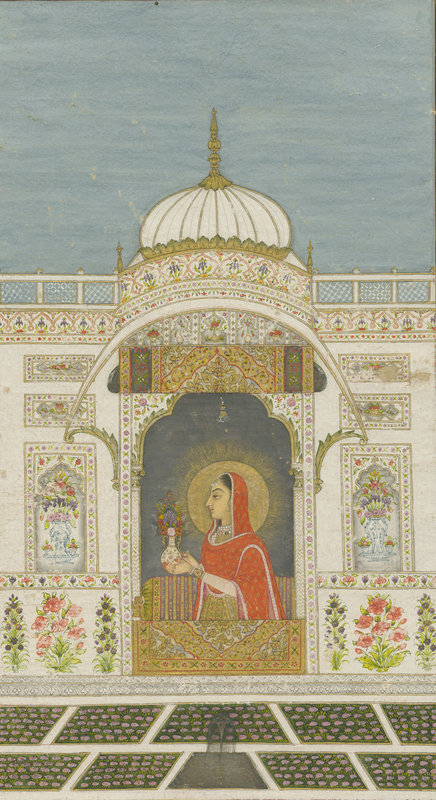

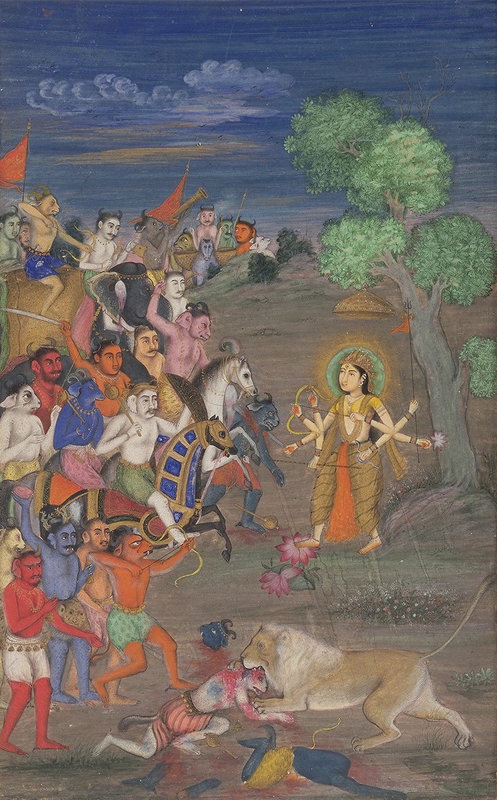
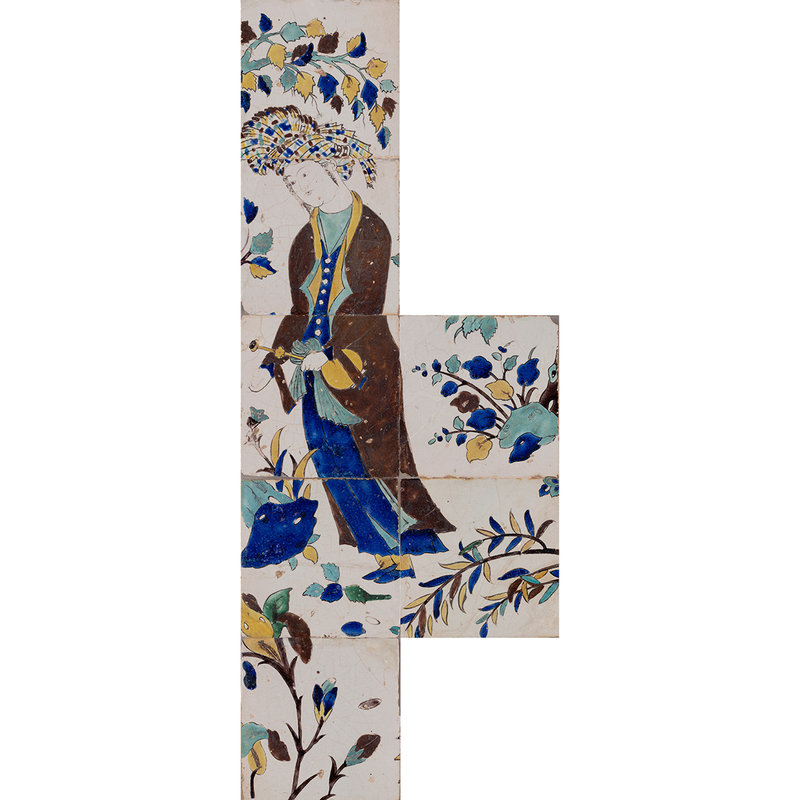
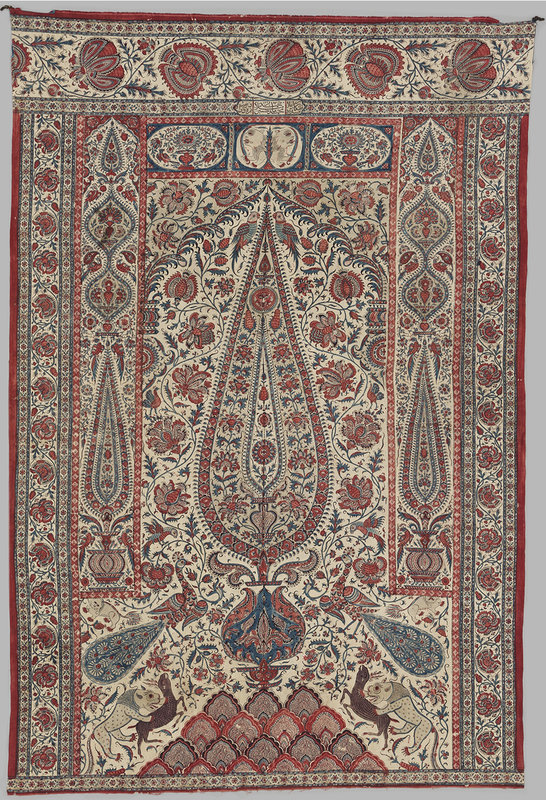


/image%2F1371349%2F20240429%2Fob_94d73d_artofthe-2.jpg)
/image%2F1371349%2F20240422%2Fob_2fdb25_438927724-1655365771900102-76795691742.jpg)
/image%2F1371349%2F20240422%2Fob_3a31e3_439671086-1655354688567877-66259303157.jpg)
/image%2F1371349%2F20240421%2Fob_0b06ea_438852036-1653622188741127-42693559183.jpg)